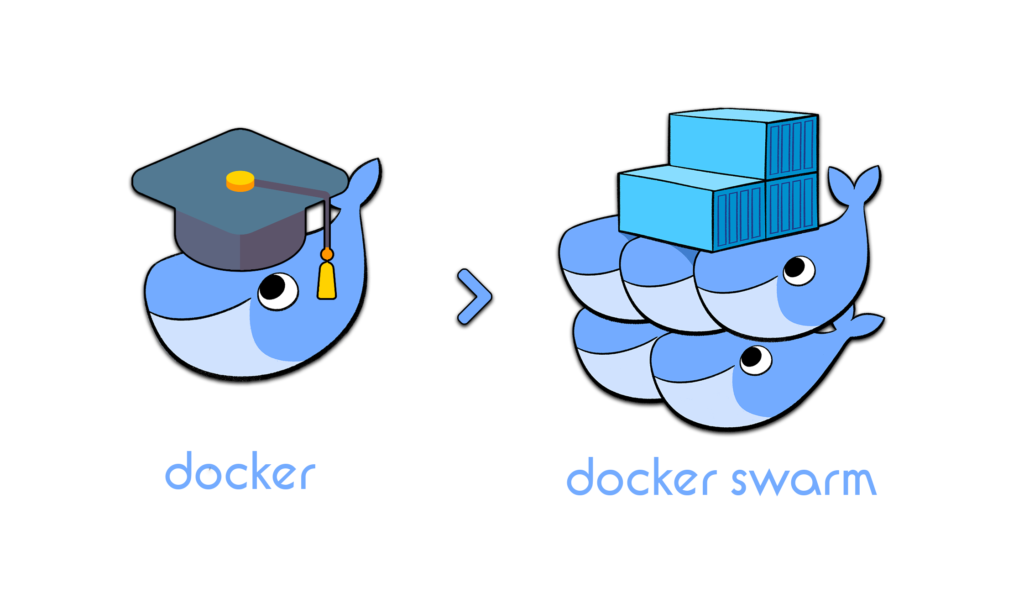
Keepalived
While having a self-healing, scalable docker swarm is great for availability and scalability, none of that is worth a sausage if nobody can connect to your cluster!
In order to provide seamless external access to clustered resources, regardless of which node they’re on and tolerant of node failure, you need to present a single IP to the world for external access.
Normally this is done using a HA loadbalancer, but since Docker Swarm aready provides the load-balancing capabilities (routing mesh), all we need for seamless HA is a virtual IP which will be provided by more than one docker node.
This is accomplished with the use of keepalived on at least two nodes.
Ingredients
Ingredients
Already deployed:
- At least 2 x swarm nodes
- low-latency link (i.e., no WAN links)
New:
- At least 3 x IPv4 addresses (*one for each node and one for the virtual IP1)
Preparation
Enable IPVS module
On all nodes which will participate in keepalived, we need the “ip_vs” kernel module, in order to permit services to bind to non-local interface addresses.
Set this up once-off for both the primary and secondary nodes, by running:
echo "modprobe ip_vs" >> /etc/modules
modprobe ip_vs
Setup nodes
Assuming your IPs are as per the following example:
- 192.168.4.1 : Primary
- 192.168.4.2 : Secondary
- 192.168.4.3 : Virtual
Run the following on the primary
docker run -d --name keepalived --restart=always \
--cap-add=NET_ADMIN --cap-add=NET_BROADCAST --cap-add=NET_RAW --net=host \
-e KEEPALIVED_UNICAST_PEERS="#PYTHON2BASH:['192.168.4.1', '192.168.4.2']" \
-e KEEPALIVED_VIRTUAL_IPS=192.168.4.3 \
-e KEEPALIVED_PRIORITY=200 \
osixia/keepalived:2.0.20
And on the secondary:
docker run -d --name keepalived --restart=always \
--cap-add=NET_ADMIN --cap-add=NET_BROADCAST --cap-add=NET_RAW --net=host \
-e KEEPALIVED_UNICAST_PEERS="#PYTHON2BASH:['192.168.4.1', '192.168.4.2']" \
-e KEEPALIVED_VIRTUAL_IPS=192.168.4.3 \
-e KEEPALIVED_PRIORITY=100 \
osixia/keepalived:2.0.20
Serving
That’s it. Each node will talk to the other via unicast (no need to un-firewall multicast addresses), and the node with the highest priority gets to be the master. When ingress traffic arrives on the master node via the VIP, docker’s routing mesh will deliver it to the appropriate docker node.
Summary
What have we achieved?
Summary
Created:
- A Virtual IP to which all cluster traffic can be forwarded externally, making it “Highly Available“





Responses